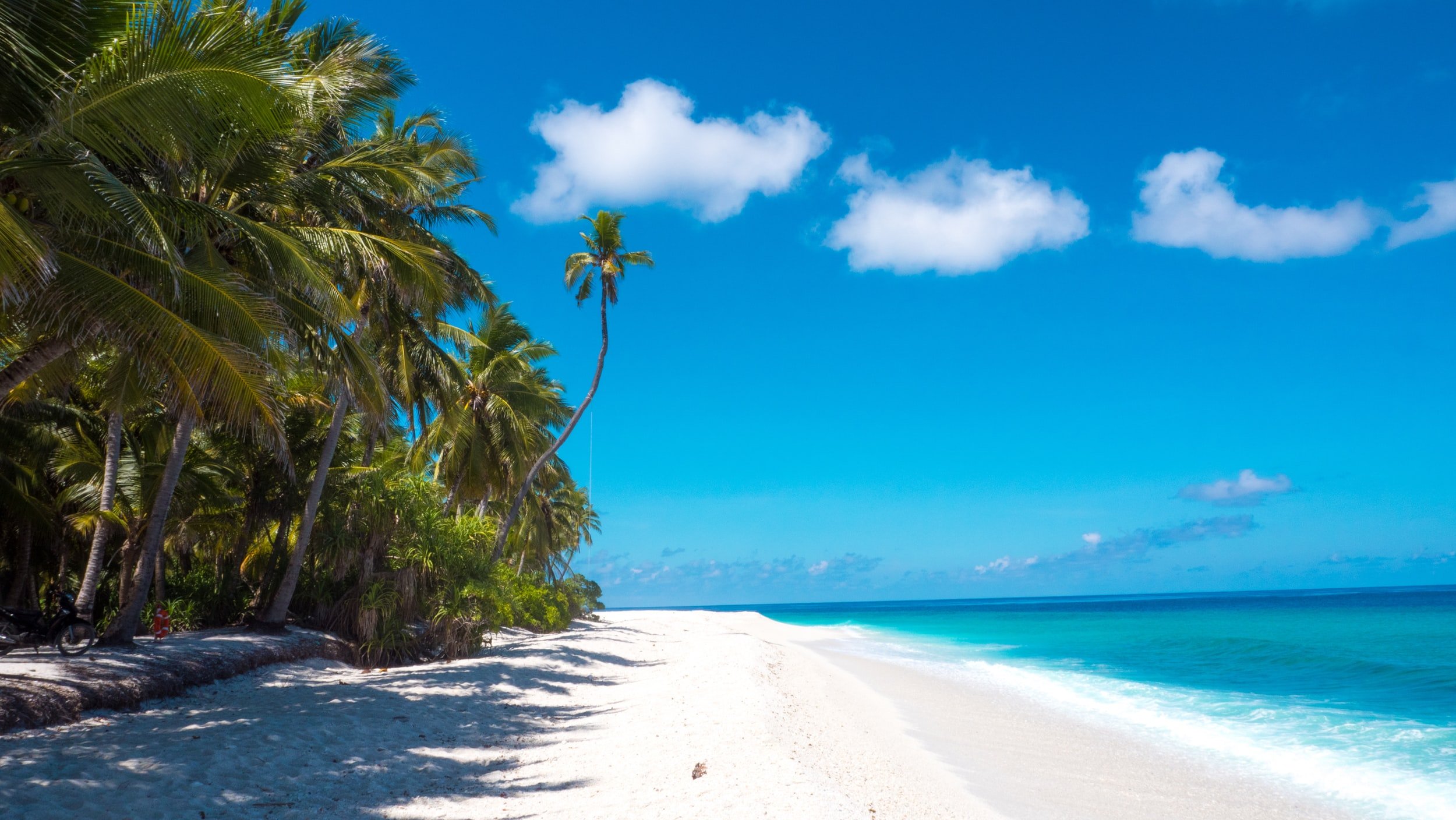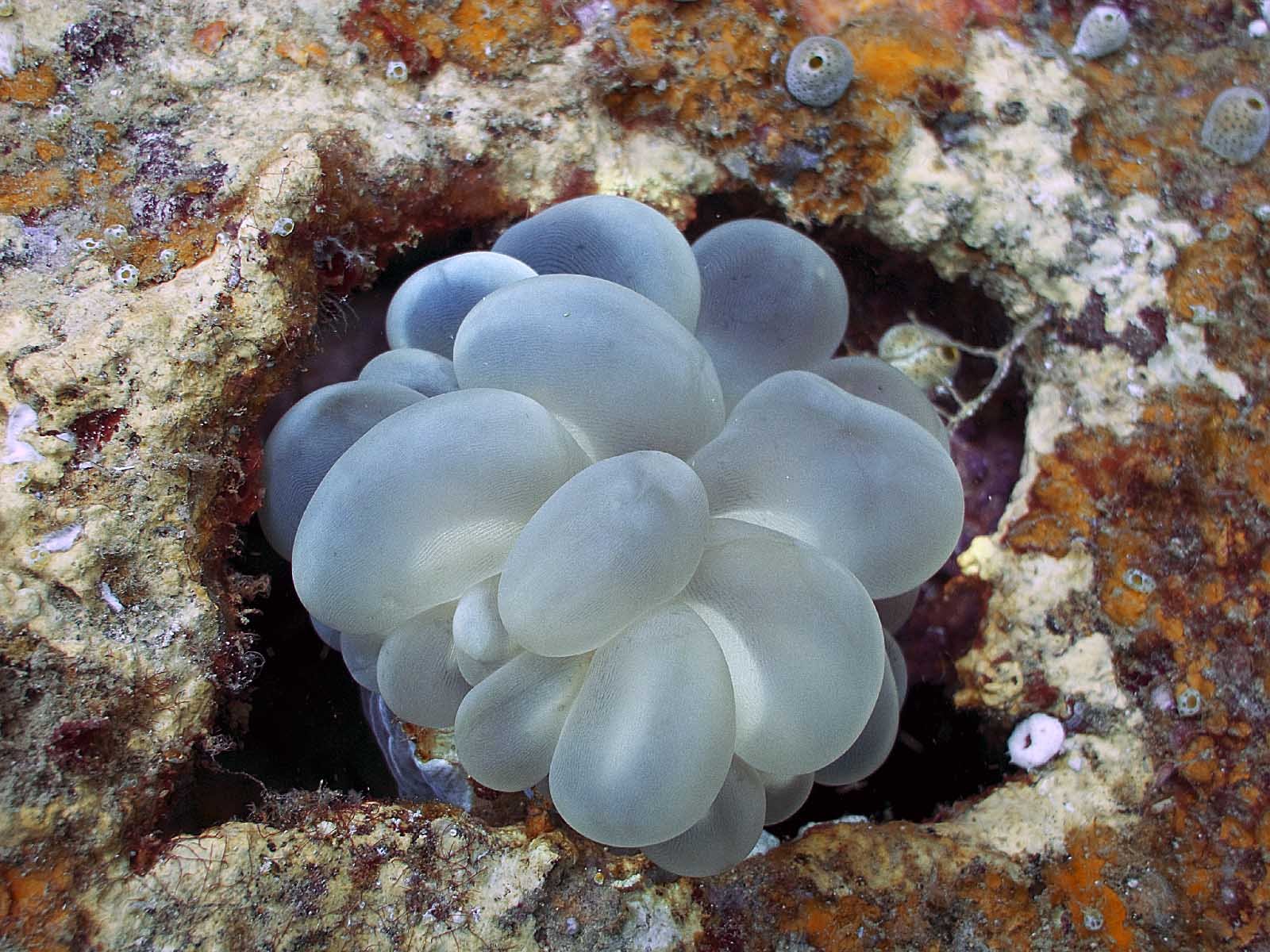
Maldives
Common Name: Devil fish or giant devil ray
Scientific Name: Mobula mobular
Image: © Jason Isley (Scubazoo)

Fact
The giant devil ray can weigh up to 300kg.
About
Overview:
Devil rays get their name from their ‘horns’ which are actually cephalic (of the head) fins that help them feed. The giant devil ray is the third largest species in the genus Mobula, after the oceanic and reef manta rays. Their disc width can reach up to 5.2m, although the average size is 3m.
Lifespan:
The average lifespan of a giant devil ray is 20 years. They have a very low reproductive capacity, giving birth to a single offspring at unknown intervals. The species is ovoviviparous with their young hatching from their eggs inside the mother’s body, emerging when they are grown.
Where to spot:
The species is most common in the Mediterranean Sea; they can also be seen in the Eastern Atlantic Ocean, off the coast of Ireland and south of Portugal. They predominantly prefer deeper waters, although they are occasionally seen in shallow waters. They are typically seen in small clusters but occasionally form larger groups.
Diet:
They are filter-feeders on plankton, krill and small fish.
Predators:
Due to their large size they have very few predators – rarely, large sharks and orcas.

Fact
The giant devil ray can swim as deep as 1,112 metres.
How To Identify
They have a thick black band on top of their head that stretches from eye to eye, clearly darker than the surrounding background colour. The dorsal surface is slate blue, with lighter grey colouring surrounding a black head band and fin edges. The species has a white-tipped elongated dorsal fin and a caudal spine.
Image: © Patrik Neckman, via Wikimedia Commons.
Vulnerability Status
IUCN Red List status: Endangered
Country status: Unknown
Population size: Unknown but estimated to be decreasing.
It is estimated that the population will have declined by at least 50% in the next 60 years. Rays are included in CITES Appendix II, meaning that their trade is strictly controlled and requires permits to prevent overexploitation.
Threats
Key threats to species:
Because of its limited range and low reproductive rate, the species is highly sensitive to environmental change. The species has a high bycatch mortality; mostly reported as bycatch from swordfish nets, but also occasionally from longlines, purse seines, trawls, trammel nets and tuna traps.
Importance of the species:
Unlike their closest living relative, the shark, manta rays do not actually have teeth and instead sieve plankton out of the water using rows of tiny plates in their mouths, which they funnel in their mouths as they swim. They control plankton abundance and diversity and regulate nutrient cycling. Reef manta rays dive between the surface ocean and the deep sea, creating a valuable ecological connection between the two.

Fact
According to fossil records, giant devil rays have been around for 20-25 million years.
Conservation Actions
The charity Manta Trust has been running a project in the Maldives called the Maldivian Manta Ray Project (MMRP) since 2005. It consists of a country-wide network of dive instructors, biologists, communities, and tourism operators, with roughly a dozen MMRP staff based across several atolls. The MMRP collects data around the country's manta population, its movements, and how the environment and tourism / human interactions affect them. Since its inception, the project has identified over 4,900 different individual reef manta rays (Mobula alfredi), from more than 70,000 photo-ID sightings - many of which were submitted by members of the public via IDtheManta. This makes the Maldivian reef manta population the largest, and one of the most intensively studied populations in the world.
What You Can Do To Help
Since many rays get caught as by-catch in high sea fisheries, you can help by reducing the amount of seafood you eat and/or choosing sustainably sourced seafood.
If you are visiting the Maldives or anywhere else in the world and you spot a manta ray, you can contribute to the global research currently underway. Visit IDtheManta to learn how to take an ID photo and then you can upload your images after your trip.
Further Information
Click the title below for further information.
-
Formed in 2011, the Manta Trust is a UK registered charity that co-ordinates global mobulid research and conservation efforts. Their team is comprised of a diverse group of researchers, scientists, conservationists, educators and media experts; working together to share and promote knowledge and expertise. Their mission is to conserve mobulid rays, their relatives, and their habitats, through a combination of research, education and collaboration.
-
Since 2003, the Save Our Seas Foundation has been dedicated to protecting life in our oceans, especially sharks and rays. They have supported passionate and innovative researchers, conservationists and educators around the globe by funding their projects and helping them to tell important scientific and environmental stories. Their centres in South Africa, Seychelles and the USA are dedicated to learning about sharks and rays and sharing that knowledge.
Common Name: Pearl bubble coral
Scientific Name: Physogyra lichtensteini
Photo: © David Obura

Fact
Pearl bubble coral has been identified as an Evolutionary Distinct and Globally Endangered (EDGE) species by the EDGE of Existence programme, designed to highlight and protect some of the most evolutionary unique and irreplaceable species on the planet.
About
Image: © freedivinguae.com
Overview:
As with most coral species, the pearl bubble coral lives in colonies made up of many genetically identical polyps. Many people think of corals as plants or rocks, however the polyps are in fact individual animals, close relations of anemones and jellyfish, that have cloned themselves to form the colony structure that we call the coral. Colonies of pearl bubble coral can be anywhere from just a dozen polyps, each around 2.5cm in diameter, or they can be massive meandering colonies that reach up to 3m in diameter.
Lifespan:
The lifespan of pearl bubble coral is currently unknown, however some species of coral are known to live for thousands of years.
Habitat:
They are most commonly found in shallow, turbid, reef environments between 1-20m deep.
When to spot:
You can see them year round, although with numbers decreasing this is getting more difficult.
Where to spot:
Pearl bubble coral is widely distributed throughout the Indo-Pacific. In the Maldives it can be found in the Noonu Atoll, Raa Atoll, Baa Atoll, Lhaviyani Atoll, Kaafu Atoll and North Ari Atoll.
Diet:
They eat microalgae and zooplankton.
Predators:
Pearl bubble coral is eaten by hawksbill turtles.

Fact
More than 75% of coral species are considered threatened or worse.
How To Identify
Pearl bubble coral is distinct due to its fleshy, grape-like vesicles (fluid filled sacs) which are inflated throughout the day to obtain light to carry out photosynthesis. At night the vesicles deflate and tentacle-like structures remain, these tentacles spend the night searching for passing food.
Image: © Florent Charpin
Vulnerability Status
IUCN Red List status: Vulnerable
Country status: Vulnerable
Population size: Unknown
A major cause for decline in abundance of the species occurred in 2016 when there was a mass bleaching event caused by above-average sea surface temperatures linked with the strong El Niño event. El Niño is a global climate pattern that causes the eastern tropical Pacific Ocean to warm every 3-7 years. The 2016 El Niño was particularly warm and caused mass coral destruction and bleaching throughout the world as the majority of corals have evolved to thrive in a very narrow temperature range.
Threats
Key threats to species:
Pearl bubble coral has previously been heavily harvested for the aquarium trade in the Maldives. They are also highly susceptible to catastrophic events such as mass bleaching and storms, both increasing in frequency due to climate change. A further threat to the species in the Maldives is due to the rapid development occurring in the country. This has caused direct destruction as well as reduced health from the increase in sediment flow and pollution run off. Threats also occur from the coral becoming entangled in fishing gear and destroyed by destructive tourism.
Importance of the species:
They play a vital role in building the foundation and structure of reefs and for this reason they are commonly known as reef building corals. They act as a refuge for small crustaceans such as bubble coral shrimp and are an important food source for hawksbill turtles.

Fact
The removal, destruction or exportation of corals is illegal in the Maldives under the Environmental Protection and Preservation Act and the Fisheries Act.
Conservation Actions
A ‘survival blueprint’ has been developed by EDGE consisting of an extensive list of opportunities for conservation in the Maldives including:
Working with and educating fishermen on sustainable fishing practices with the Fisherman’s Association of Maldives (NGO).
Reviewing and revising laws and regulations with the help of local councils who have already shown interest.
Declare new protected areas.
Engage and train more marine scientists to aid conservation efforts.
What You Can Do To Help
Wear coral safe sunscreen, particularly when going in the sea. Traditionally sunscreen contains Oxybenzone which is known to kill coral.
Avoid partaking in tourist activities that could damage corals and take care to avoid touching and breaking corals if snorkelling or scuba diving.
Further Information
Click the title below for further information.
-
The EDGE of Existence programme is carrying out research on the Pearl Bubble Coral in the Maldives in collaboration with the Zoological Society of London (ZSL) and the International Union for Conservation of Nature (IUCN) to understand more about the distribution and abundance of the species and how it can be protected.







